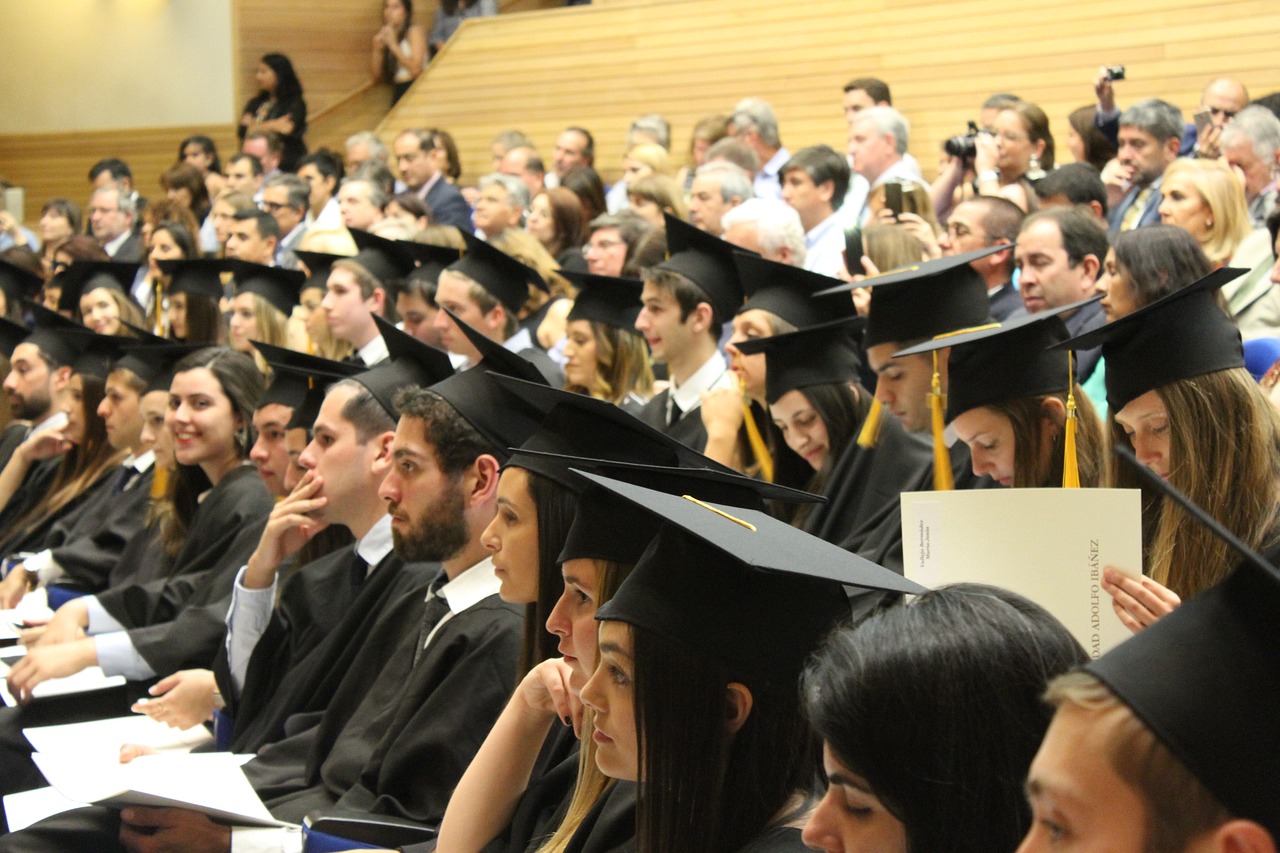
The cooperation also includes Semmelweis University becoming a priority Central European center of Harvard.Continue reading

Hungarian universities have been put on the world map, as shown by the fact that 12 of the country’s universities are in the top five percent of the world’s universities, the Minister of Culture and Innovation said at THE Europe Universities Summit in Budapest on Wednesday.
Balázs Hankó stressed that Semmelweis University is in the top one percent of the world’s universities, while three other universities are in the top two percent. The politician stressed that there is now international interest in how Hungarian higher education has been renewed in recent years. This is shown by the fact that one of the largest international ranking companies, THE, is holding its major European conference in Hungary, he added.
The Minister recalled that in recent years, institutions have moved up several hundred places in the world rankings. For instance, Obuda University is now between 600 and 800 in the ranking, compared with around 1,200 a few years ago.
Our goal cannot be anything other than to have a Hungarian university among the world’s top 100 universities by 2030, and to have at least three universities among Europe’s top 100 higher education institutions,”
the Minister said.
He noted that the conference would bring together university leaders from around the world and Europe, and would also present the Hungarian model, which “as it seems, has international connections.”
As an example, the minister said that through the Pannónia scholarship program, Hungarian institutions had established 4,045 international contacts and more than 3,000 students had travelled to the world’s leading universities in the past six months. He added that under the HU-rizont program, Hungarian universities are leading consortia and conducting research with the world’s top universities. Obuda University, for instance, is currently working with Stanford and the University of Singapore, said Hankó.
The Minister also reported that thanks to the renewal of higher education, the proportion of students seeking a first degree has risen by 40 percent in the last three years, 63 percent more students have applied for STEM (science, technology, engineering, and mathematics) courses, rural universities have been strengthened, and the number of foreign students has increased by 20 percent.
Via MTI, Featured image: Pixabay